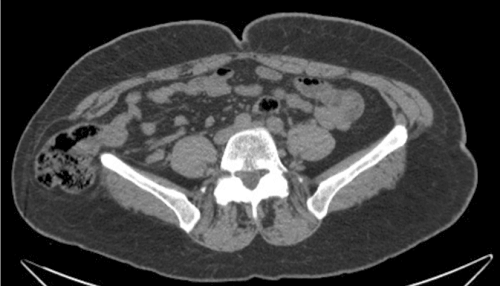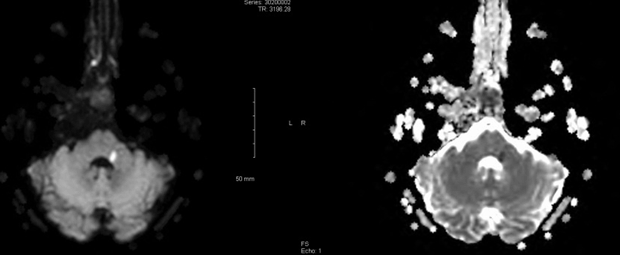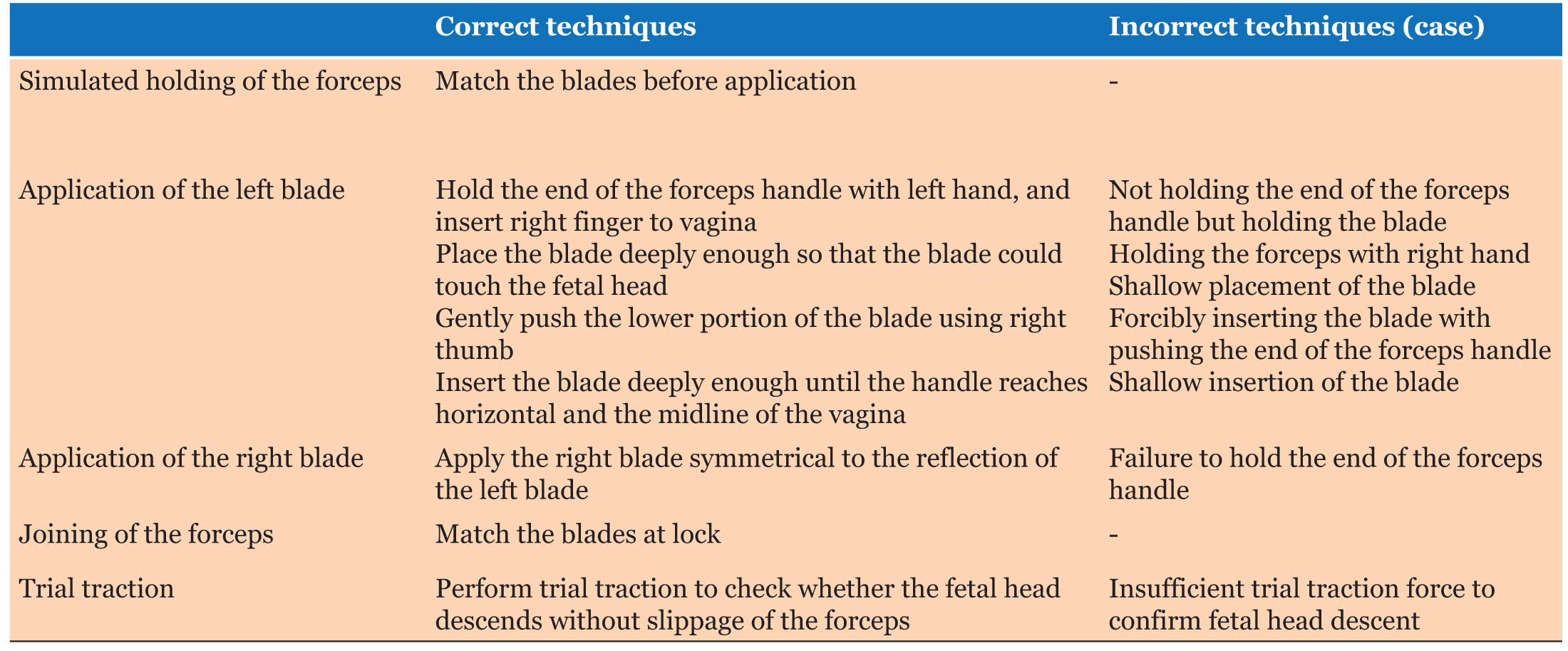Case Report
Ocular flutter as the first sign of a breast carcinoma
1 MD, Assistant resident, Department of Ophthalmology, University Hospitals Leuven, Leuven, Belgium
2 Certified Orthoptist, Department of Ophthalmology, University Hospitals Leuven, Leuven, Belgium
3 MD, Consultant, Department of Ophthalmology, University Hospitals Leuven, Leuven, Belgium
4 MD, Staff member, Department of Neurology, University Hospitals Leuven, Leuven, Belgium
5 Staff member, Department of Ophthalmology, University Hospitals Leuven, Leuven, Belgium
Address correspondence to:
Chlara Maes
Maes Chlara Kapucijnenvoer 35 ,
Pin- 3000, Belgium
Message to Corresponding Author
Article ID: 100001VAM04CM2017
doi: 10.5348/VAM04-2017-1-CR-1
Access full text article on other devices

Access PDF of article on other devices

How to cite this article
Maes C, Janssens H, Goovaerts L, Dieltiens M, Schrooten M, Cassiman C. Ocular flutter as the first sign of a breast carcinoma. Video Journal of Clin Ophthalmol 2017;1:1–4.Abstract
Introduction: Ocular flutter is a rare ophthalmic finding and can be the presenting sign of potentially serious disease. The most common etiology is a paraneoplastic disorder and therefore, a workup for a malignancy should always be initiated.
Case Report: We present a case of a 48-year-old female who presented with a two-month history of progressive anorexia, wasting, vomiting and vertigo and recently associated complaints of diplopia and blurred vision. Ophthalmic examination revealed horizontal saccadic intrusions, consistent with ocular flutter. Further extensive workup revealed an adenocarcinoma of the right breast. Immunologic testing showed positive anti-Ri antibodies which are reported to be associated with breast carcinomas and a paraneoplastic syndrome. The patient underwent local excision and adjuvant chemotherapy, radiotherapy and hormonal therapy were administered. The clinical picture deteriorated rapidly to an overt opsoclonus and a gait disorder. Six months after the initial presentation, she became symptom free.
Conclusion: Ocular flutter is an alarming finding and should always alert the clinician to screen for a potential underlying malignancy.
Keywords: Anti-Ri, Breast carcinoma, Ocular flutter, Opsoclonus, Paraneoplastic syndrome
Supporting Information
Author Contributions:
Chlara Maes - Substantial contributions to conception and design, Acquisition of data, Analysis of data, Interpretation of data, Drafting the article, Revising it critically for important intellectual content, Final approval of the version to be published
Hilde Janssens - Substantial contributions to conception and design, Acquisition of data, Analysis of data, Interpretation of data, Drafting the article, Revising it critically for important intellectual content, Final approval of the version to be published
Lies Goovaerts - Substantial contributions to conception and design, Acquisition of data, Analysis of data, Interpretation of data, Drafting the article, Revising it critically for important intellectual content, Final approval of the version to be published
Maria Dieltiens - Substantial contributions to conception and design, Acquisition of data, Analysis of data, Interpretation of data, Drafting the article, Revising it critically for important intellectual content, Final approval of the version to be published
Maarten Schrooten - Substantial contributions to conception and design, Acquisition of data, Analysis of data, Interpretation of data, Drafting the article, Revising it critically for important intellectual content, Final approval of the version to be published
Catherine Cassiman - Substantial contributions to conception and design, Acquisition of data, Analysis of data, Interpretation of data, Drafting the article, Revising it critically for important intellectual content, Final approval of the version to be published
Competing Interests:Authors declare no conflict of interest.





